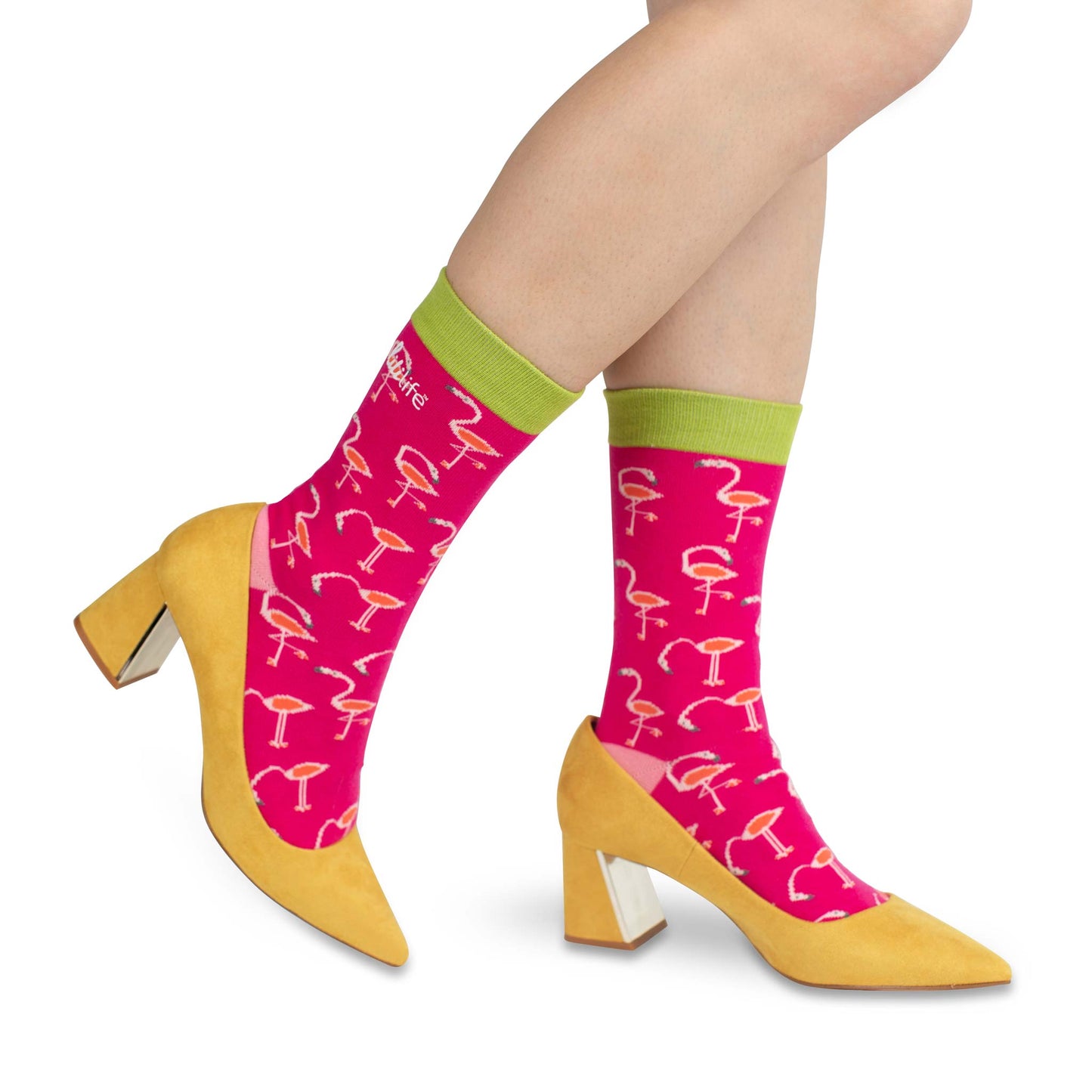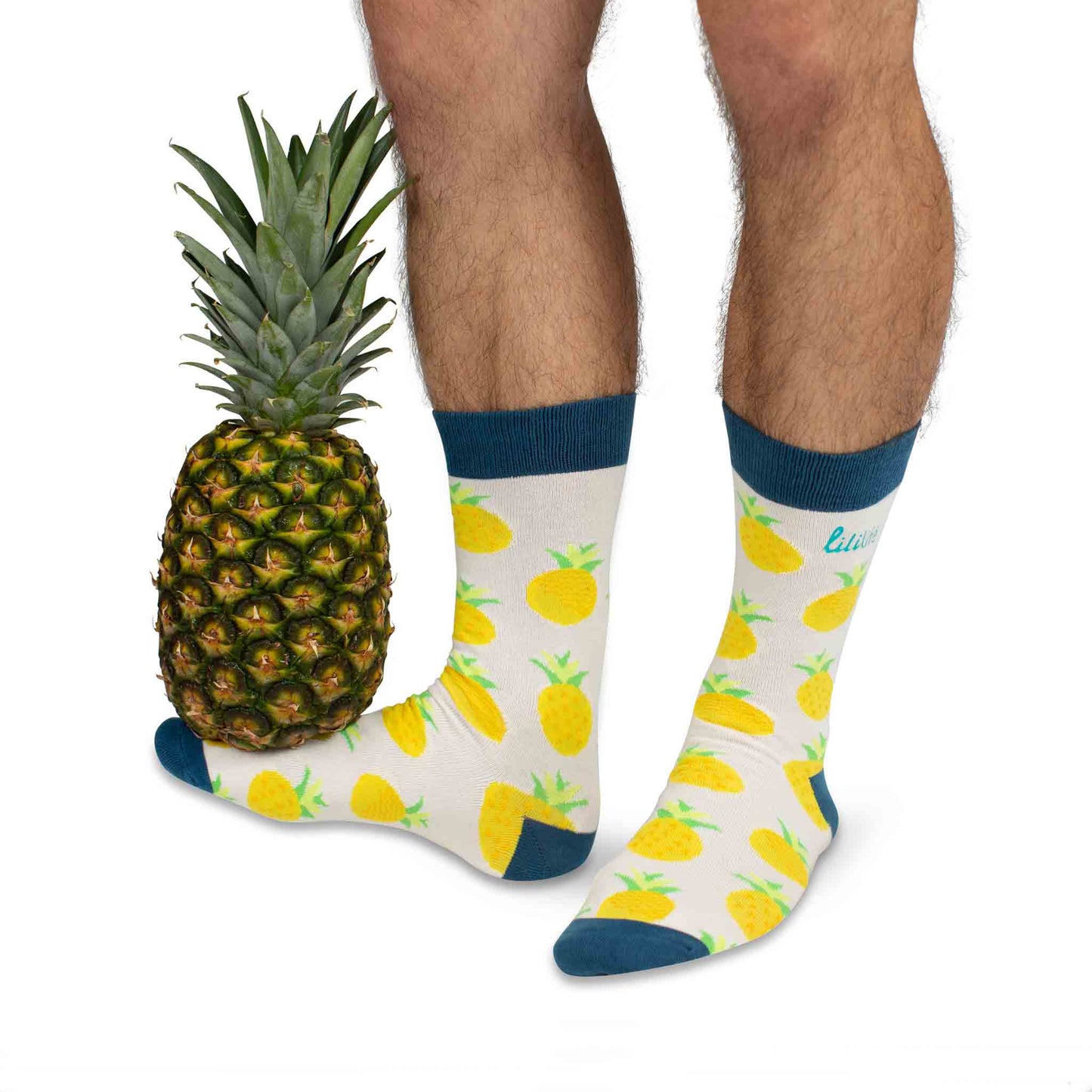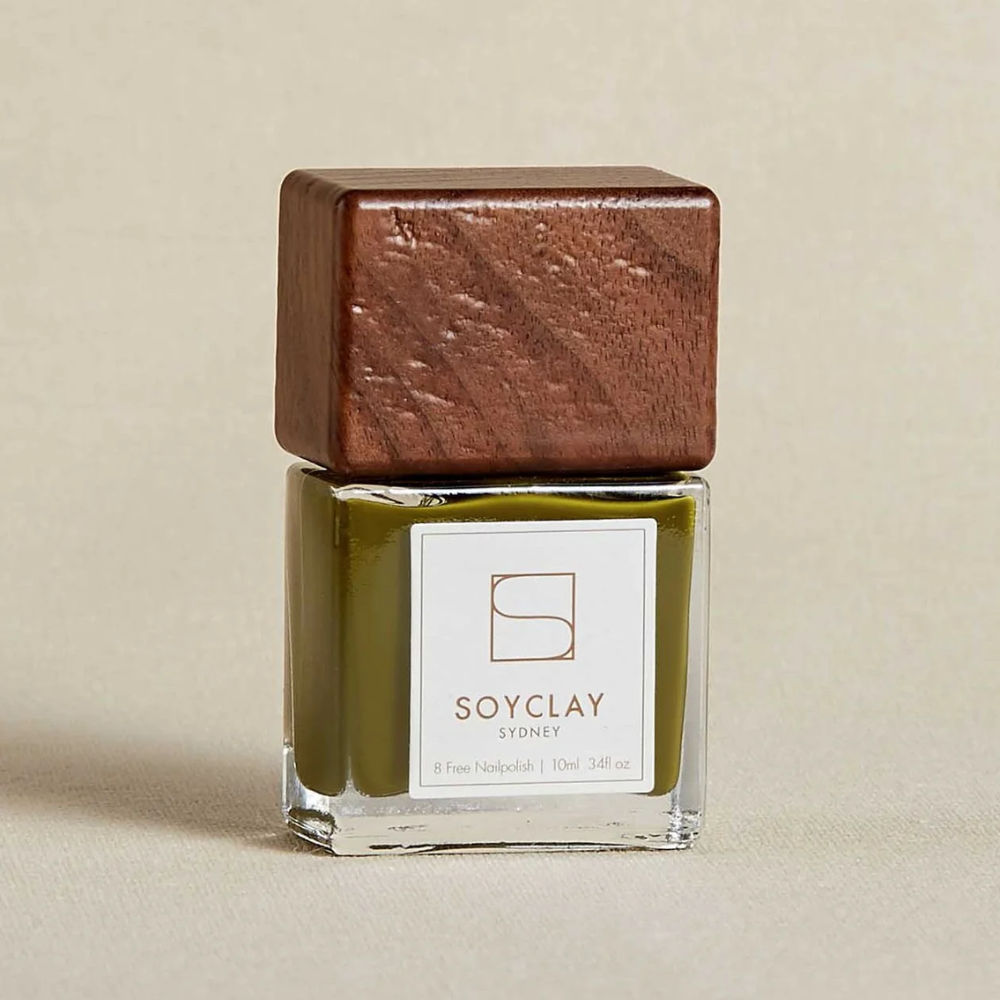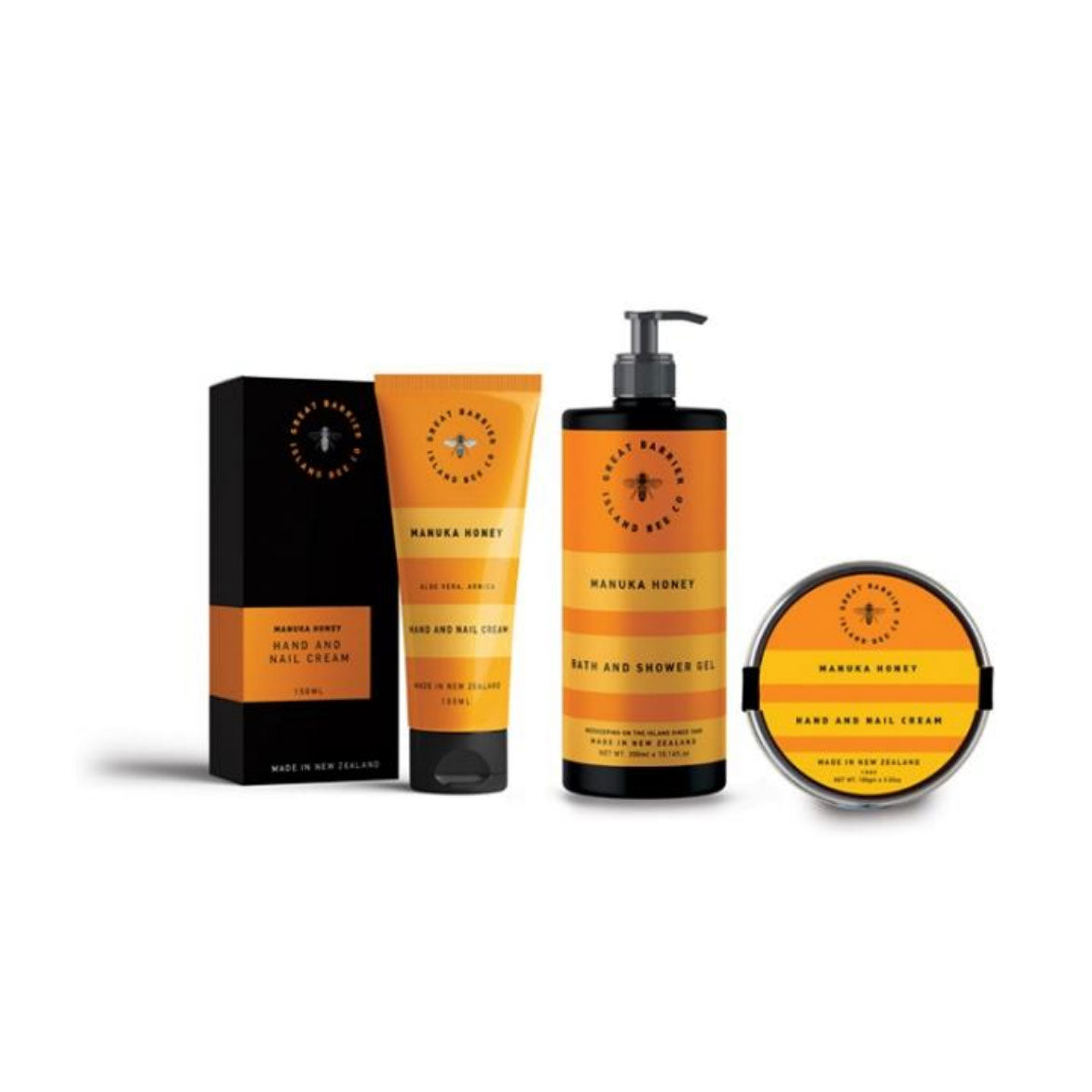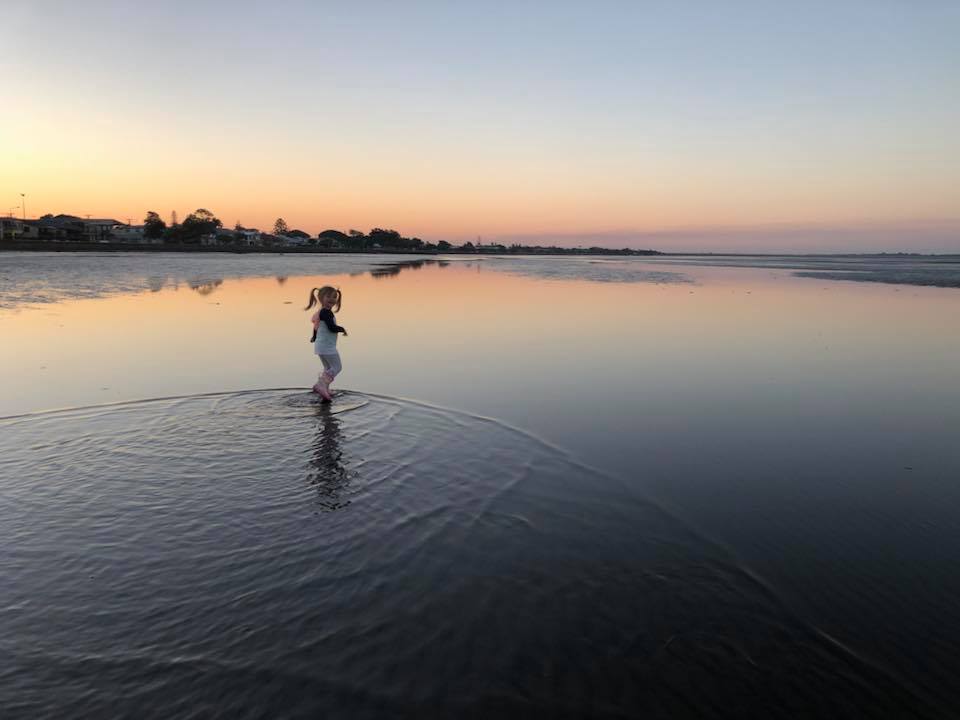

Japan...
the land of the rising sun, home to some amazing food, picturesque scenery and quirky technology. What's not to love? One of our amazing contributors travelled to Japan and has compiled a guide to a few of the best places to visit, things to eat, and ways to get around Japan on a budget._x000D_ Enjoy!_x000D_ #liliLife #LoveItLiveIt-- Tokyo --
Tokyo Tower
At only ¥900 (AUD$10*) for a ticket to the main observation deck, it's a budget-friendly opportunity to see spectacular views of the whole city, and even Mount Fuji on a clear day! Compared to the popular Tokyo Skytree (from ¥2060 [AUD$21*]), Tokyo Tower lets you appreciate the same views for less, and on the lower levels you can find cute cafes and souvenir shops!
Ueno Park
Ueno Park is a huge park in Tokyo, and is home to some beautiful museums, concert halls, libraries, cafes, temples and shrines, tonnes of cherry blossom trees and Ueno Zoo. The zoo has a wide range of animals and is a favourite affordable attraction, at only ¥600 (AUD$7*) for an adult ticket.
Tip: The Main Gate at Ueno Zoo often has a massive line up, so grab a park map and head around to the Benten Gate, where the line is usually smaller. (When I went the line at the Main Gate had hundreds of people, and the Benten Gate was literally empty!)
-- Kyoto --
Iwatayama Monkey Park, Arashiyama
Located near the Bamboo Forest in Kyoto is the Iwatayama Monkey Park, where you can observe monkeys in the wild, feed them, and see stunning views of Kyoto. Many tourists flock to the Nagano Snow Monkeys, however having visited both I can say Arashiyama's monkey park is the far better option in terms of experience, price, location, and access. For ¥100 (AUD$1*) you can buy a bag of apple pieces or peanuts and feed the monkeys through a caged building (you're inside, and the monkeys are the free).
Just look at them! Adorable.
Fushimi Inari-Taisha
This Kyoto shrine features around 10,000 torii gates spanning two kilometres, and was popularised by the film Memoirs of a Geisha. The two kilometre walk is broken up with worship spots and littered with hundreds of kitsune (fox) statues and mini torii gates, and although it is a long visit (around two hours depending on your speed), it is definitely worth it.Kiyomizu-dera Temple
Kiyomizu-dera is a Buddhist Temple founded in the year 780, and is one of the most famous temples in Japan. Literally translated to 'Pure Water Temple', Kiyomizu-dera features the Otowa Waterfall, found at the base of the main hall. The waterfall's stream is divided into three, and visitors use cups to drink from them, each stream is said to give the drinker different benefits; longevity, success in education, and fortunate love life (it's considered greedy to drink from all three though!). Admission is only ¥400 (AUD$4*).
-- Hiroshima --
Miyajima Island
A short train and ferry ride from Hiroshima is Miyajima Island. The island is home to around a thousand tame deer, which are cute and rarely hassle tourists (they do try and sneak food so watch out!), most are happy to chill in the sun and let you take photos. There is an aquarium, an abundance of stores selling traditional items and souvenirs, and if you feel like it there is a hike to the top of the island, from where you can ride a cable car back and catch some amazing views. There's also the iconic 'floating' torii gate located at Itsukushima Shrine on the island.
Tip: There are two ferry companies running to Miyajima, so make sure to use the JR line - just flash your JR Pass and avoid the fare.
Hiroshima Peace Memorial Park and Museum
Visiting the Peace Park and Museum is an incredibly sad but meaningful experience, and definitely a must-see for any visitors to Hiroshima. The park and museum exhibitions are beautifully curated and promote peace, and the need for global denuclearisation. Tickets are ¥200 (AUD$2*) for an adult.
What to eat
Japan is know for its delicious cuisine, but a common misconception is that food can be expensive. It's so not true! From shabu shabu (hot pot dishes you can cook yourself), to ramen, from mochi balls to matcha ice-cream, you will definitely find affordable food you will love. Many meals in Japan are inexpensive, and you can get great breakfast, lunch and dinner for under AUD$30 a day!
One affordable specialty is okonomiyaki, a type of savoury pancake made with batter and cabbage, that comes with different toppings such as pork, chicken, bacon, egg, noodles, delicious sauces, and bonito flakes. Okonomi-mura, or Okonomiyaki Village, in Hiroshima is a multi-level building filled with different teppanyaki style restaurants which are all dedicated to okonomiyaki!
Baked goods in Japan are also to die for - bread, cakes, doughnuts, pies, you name it, they have it, and it's amazing. Some favourite affordable bakeries to check out are DeliFrance, Boul'ange and Dominique Ansel Bakery. The latter is a little pricier but well worth it for the amazing frozen smores, cookie cups, and cronuts (fun fact- Dominique Ansel created the cronut!).
Navigating Japan
Getting around Japan is super easy and affordable; Japan has some of the most innovative and efficient public transport systems in the world. Catching buses or trains is easy and affordable, plus there are English versions of timetables that are easy to understand. Walking or hiring a bicycle is a popular in Japan, and if you book accommodation in a central area it's super easy (and cheap) to walk to many attractions. Check google maps before leaving your hotel, or buy a pocket wifi system to take with you. And of course we can't forget the famous bullet trains, or shinkansens. In Japan the shinkansen is a super reliable, convenient way to travel between regions or prefectures. Tourists to Japan can purchase a JR Pass for unlimited access to bullet trains for a set time period. They start at about AUD$300 but are well worth the price when you consider an average shinkansen ride without the pass is about AUD$50-100; you definitely more than get your money's worth with the pass.
Phrases to learn
Here a few simple phrases to get you around Japan. You will rarely need to use Japanese but it is polite to learn a few sayings! You can get by easier with the help of the Google Translate app too.- Hello: Konnichi wa
- Thank you: Arigatou
- How much is it?: Ikura desu ka?
- Where is the ...?: ...... wa doko desu ka?_x000D_ e.g 'where is the toilet?' is 'toilet (or toire) wa doko desu ka?'
- Please: Kudasai
- Excuse me/sorry: Sumimasen
Tip: In Japan, when you go to say an 'r' sound, start with your tongue to the roof of your mouth like you would when saying 'd' sounds! Also, 'desu' is pronounced as 'dess'. So there you have it! Hopefully this article will help you plan an amazing trip to Japan.
Author: Maddie Manwaring_
Images: Maddie Manwaring
* AUD prices are approximate only and correct at the time of travel.

